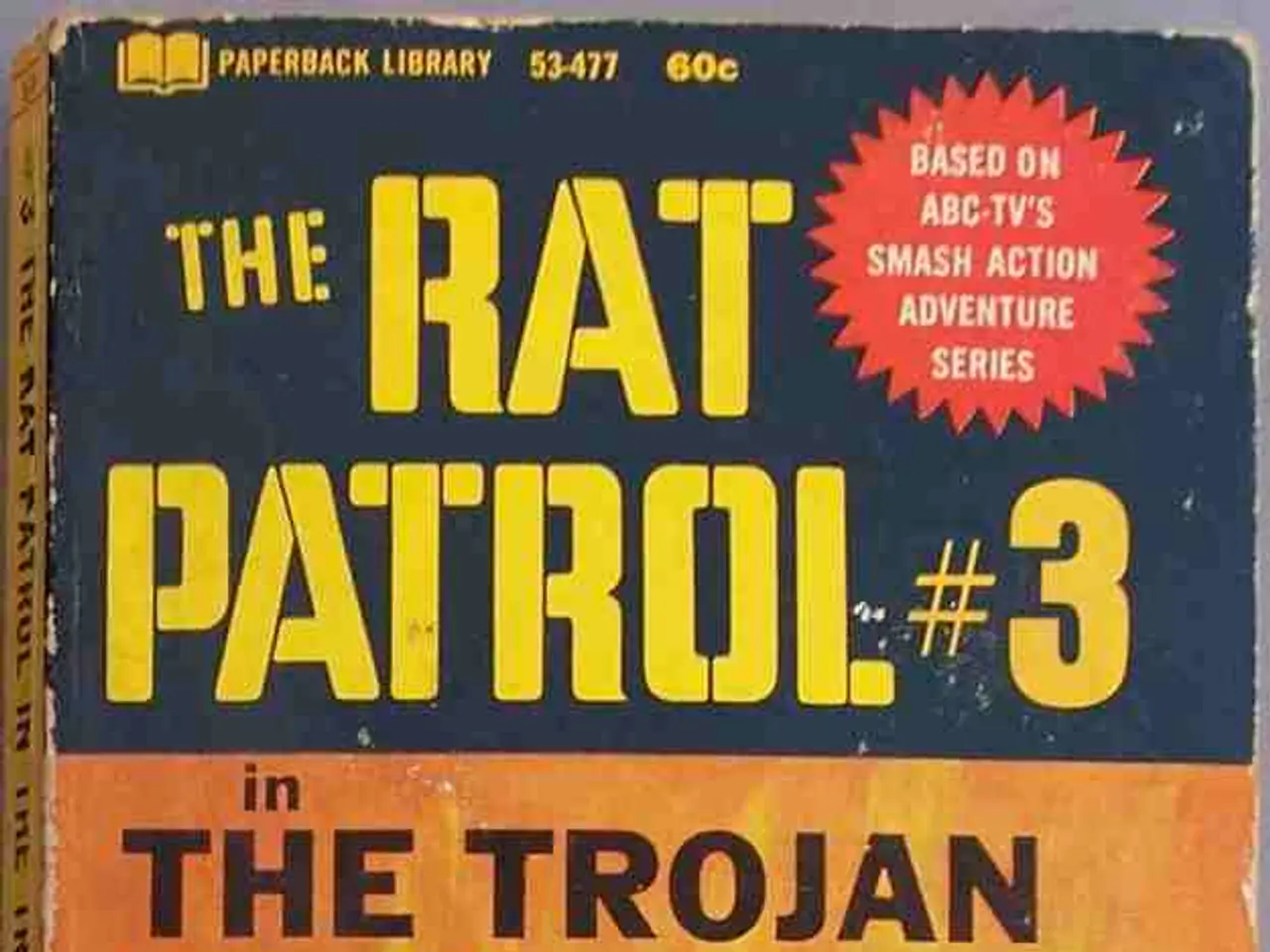Possibilities for Alternative War Simulations
In the realm of gaming, ancient pastimes like chess, Go, and the Olympic Games were initially designed as means to simulate and mediate conflict. This historical roots extend to modern times, where wargames continue to evolve, taking various forms such as digital, board games, tabletop, and enacted platforms.
One such innovative digital game is "Rethinking Wargames: Three Player Chess," developed by Ruth Catlow in response to the Western war against Iraq. Catlow's creation introduces a new interested party, the pawns, who aim to stop the fighting and allow negotiation to take place, offering a fresh perspective on conflict resolution.
Artists like Yoko Ono and Takako Saito have also contributed to the wargaming landscape by creating unconventional games to stimulate conversations about wargaming and promote thoughts about commonalities rather than differences. Ono's interactive chessboard, the "Play It by Trust" piece, features all pieces and squares as white, encouraging players to play without remembering their pieces' locations, fostering a sense of unity.
Meanwhile, Saito's 1975 exhibition, "Liquid Chess/Smell Chess," presented a scented board game where players had to smell vials to identify pieces and make moves, adding a unique sensory element to the traditional game of chess.
Mary Flanagan, the Sherman Fairchild Distinguished Professor in Digital Humanities at Dartmouth College and director of the internationally acclaimed game research laboratory Tiltfactor, is currently developing innovative alternative wargames that focus on themes of social justice and cooperative problem-solving. Flanagan's work emphasizes the need to evolve game models to avoid perpetuating damaging myths about limited ways of resolving conflicts.
Flanagan's criticism of wargaming culture extends to its use of mainstream techniques and its overwhelmingly white male player base. She believes that games can change over time and that it is vital for game scholars, makers, and players to see these familiar models on a continuum of change, so new play forms that model new solutions to our problems can be invented.
Wargames have been traditionally tied to highly imagined scenarios and speculative events, making them powerful fictions. However, it's essential to note that some scenarios, like the nuclear plant attack described in certain texts, are outdated modes of conflict simulation, bearing little resemblance to any possible real-world event.
Moreover, wargames have been used by military platoons for training, often pitting platoons against each other and national militaries. Despite their military applications, wargames can shape the way military leaders, politicians, and the public think about conflict, potentially leading to an over-reliance on armed conflict as a solution to difficult problems.
Flanagan's work focuses on finding and fostering alternative models for conflict resolution using social norms or aesthetics. An interesting example of this approach can be found in the strategies employed by Antanas Mockus Šivickas, former mayor of Bogotá, Colombia. After five nonviolent rounds, the pawns win by reducing retaliatory behavior, thus allowing the battlefield to become overgrown with grasses and effectively stopping war.
In conclusion, the evolution of wargames continues to shape our understanding of conflict and potential solutions. Innovative thinkers like Flanagan and Catlow are pushing the boundaries of traditional wargames, offering new perspectives on conflict resolution and fostering a more inclusive, socially just gaming landscape.
Read also:
- Understanding Hemorrhagic Gastroenteritis: Key Facts
- Trump's Policies: Tariffs, AI, Surveillance, and Possible Martial Law
- Expanded Community Health Involvement by CK Birla Hospitals, Jaipur, Maintained Through Consistent Outreach Programs Across Rajasthan
- Abdominal Fat Accumulation: Causes and Strategies for Reduction





